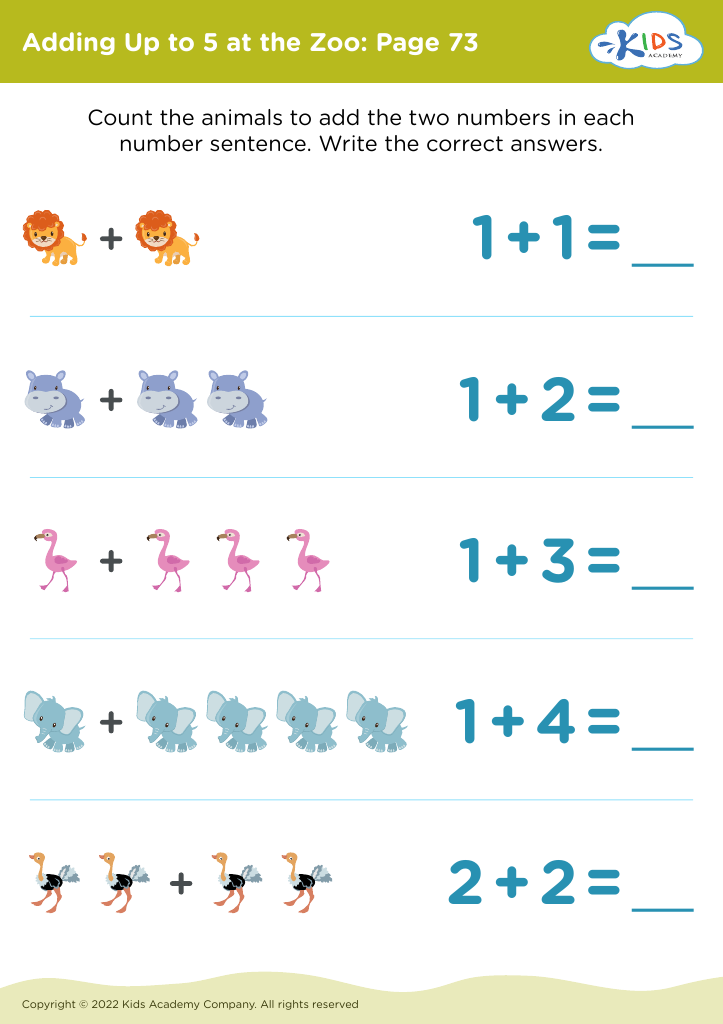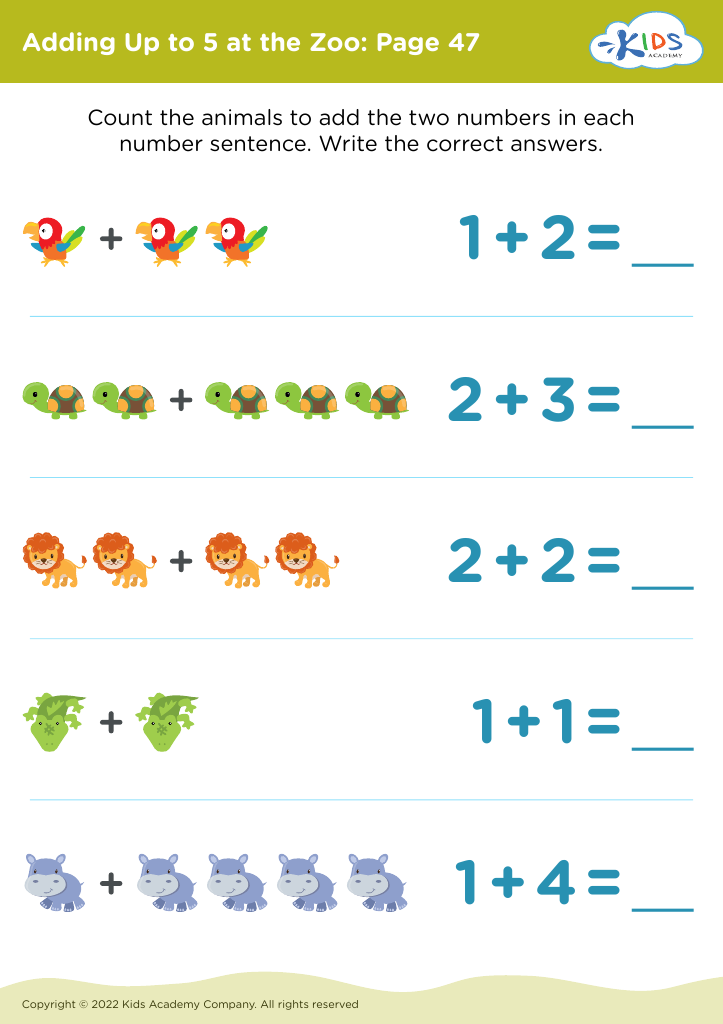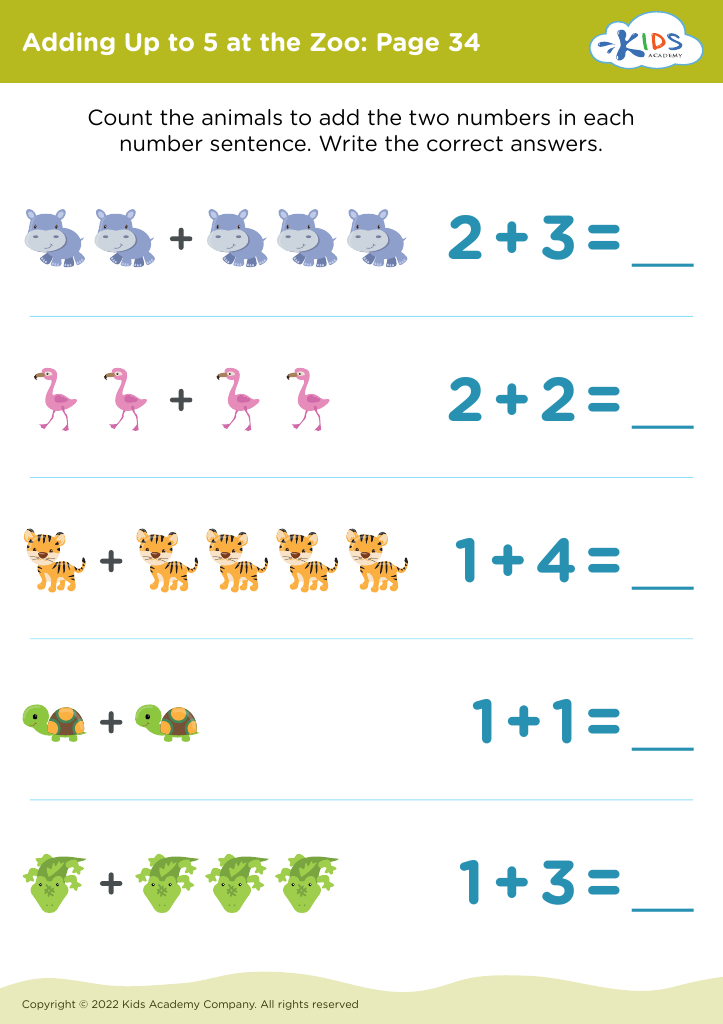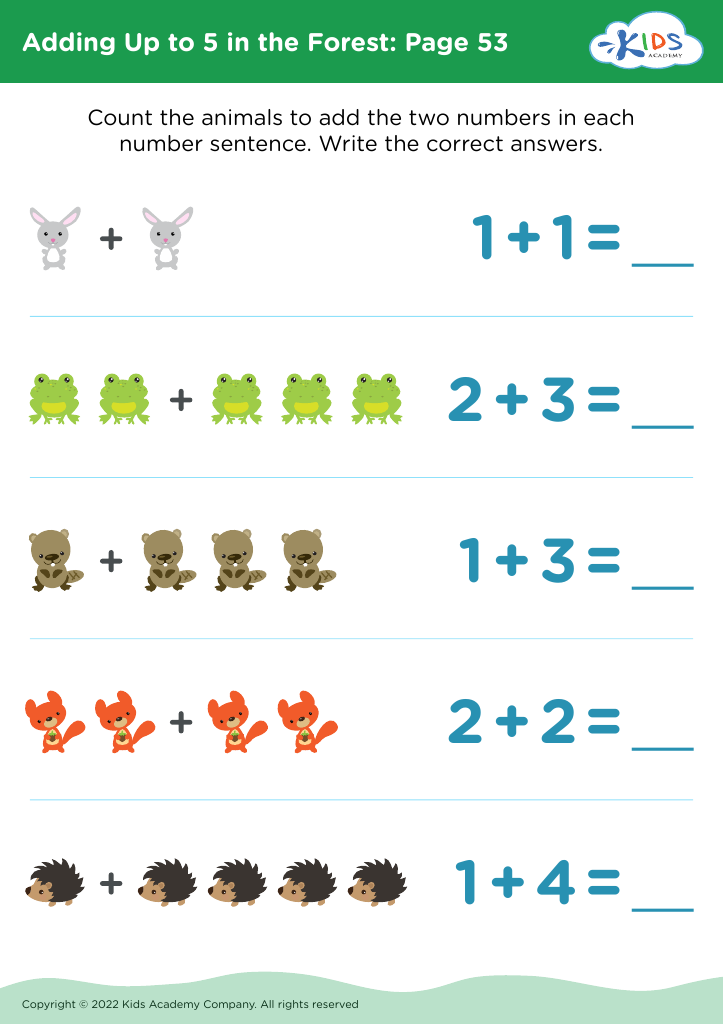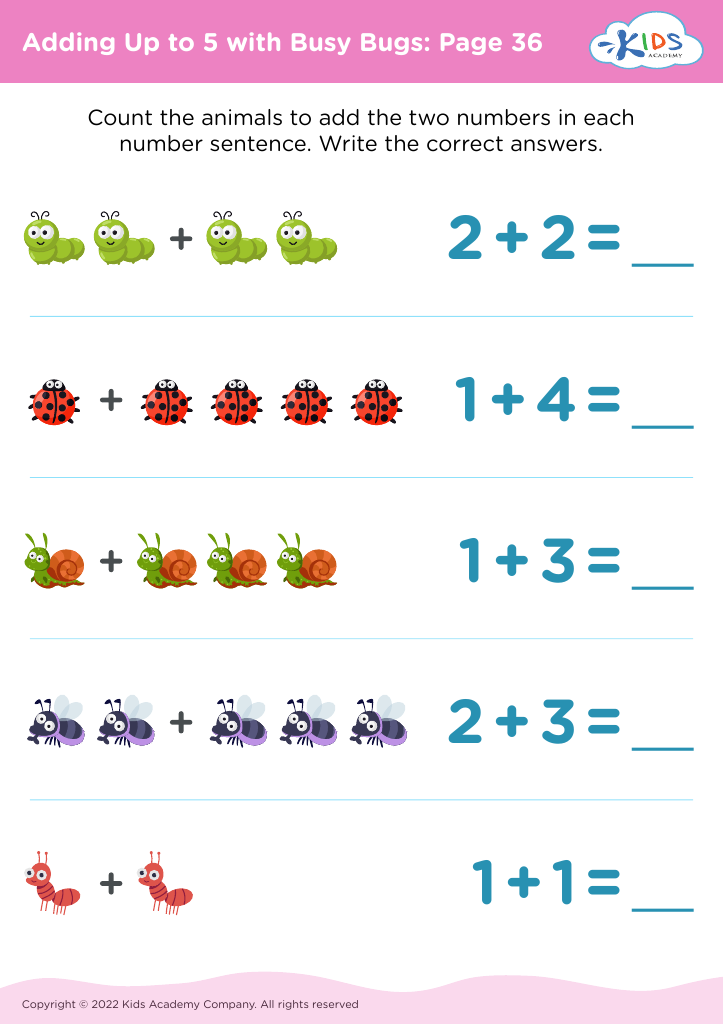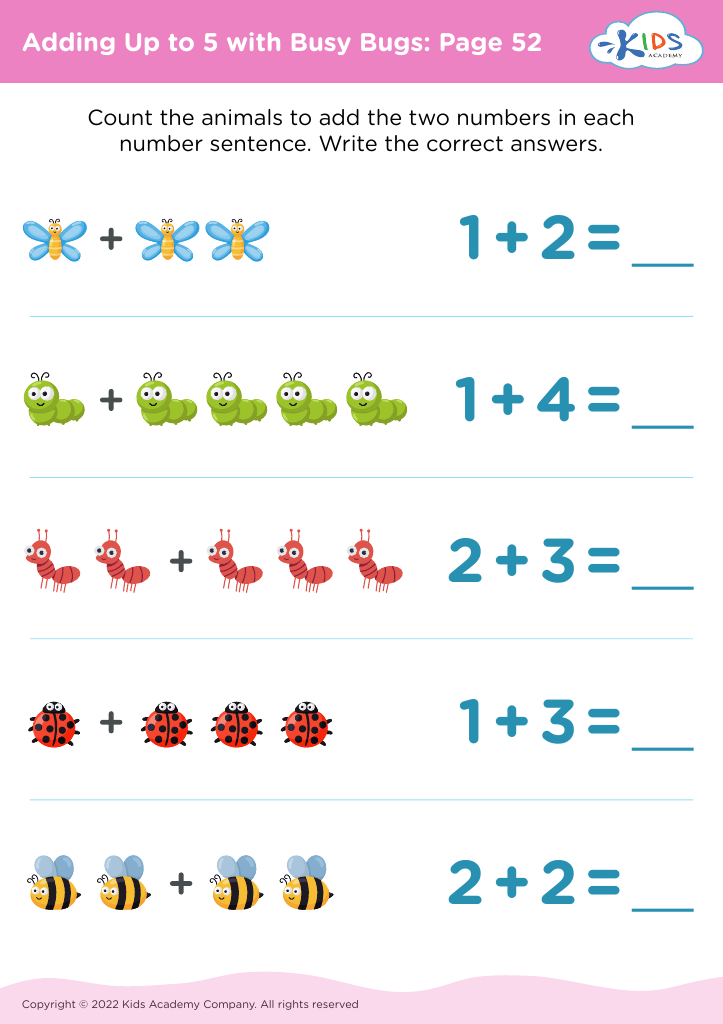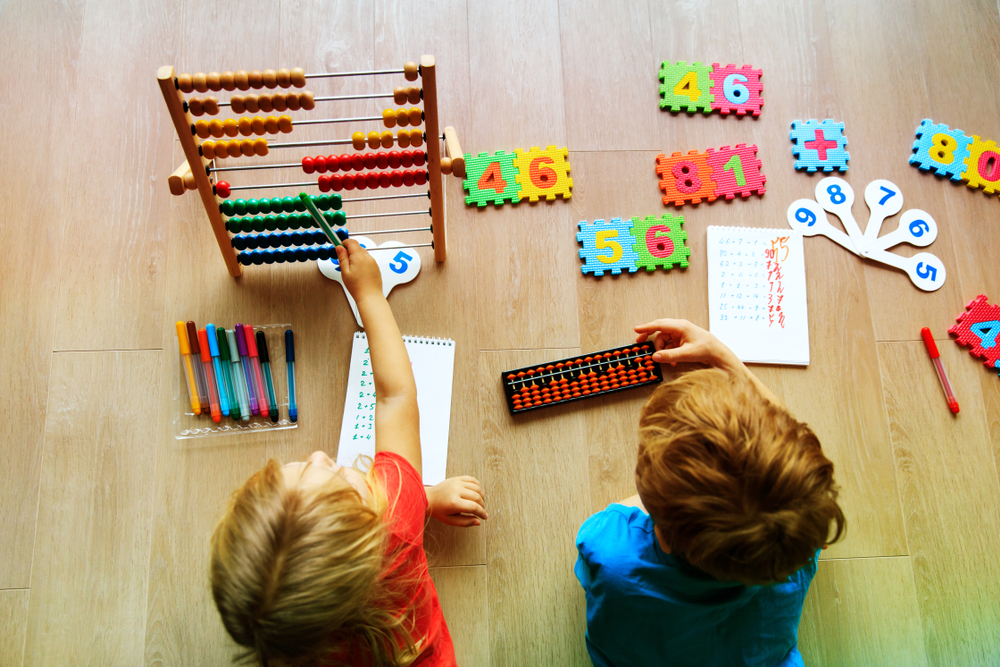Visual comprehension Worksheets for Ages 5-6
10 filtered results
-
From - To
Unlock the world of learning with our engaging Visual Comprehension Worksheets for ages 5-6. Designed to boost early childhood cognitive development, these fun and educational activities help young learners enhance their problem-solving and observational skills. Each worksheet presents exciting visuals accompanied by questions that challenge children to interpret images, fostering their abilities to understand and analyze. Ideal for both classroom and at-home use, these printable worksheets support a variety of learning styles and make education enjoyable. Spark curiosity and critical thinking in your child's mind with Kids Academy's high-quality Visual Comprehension Worksheets today!
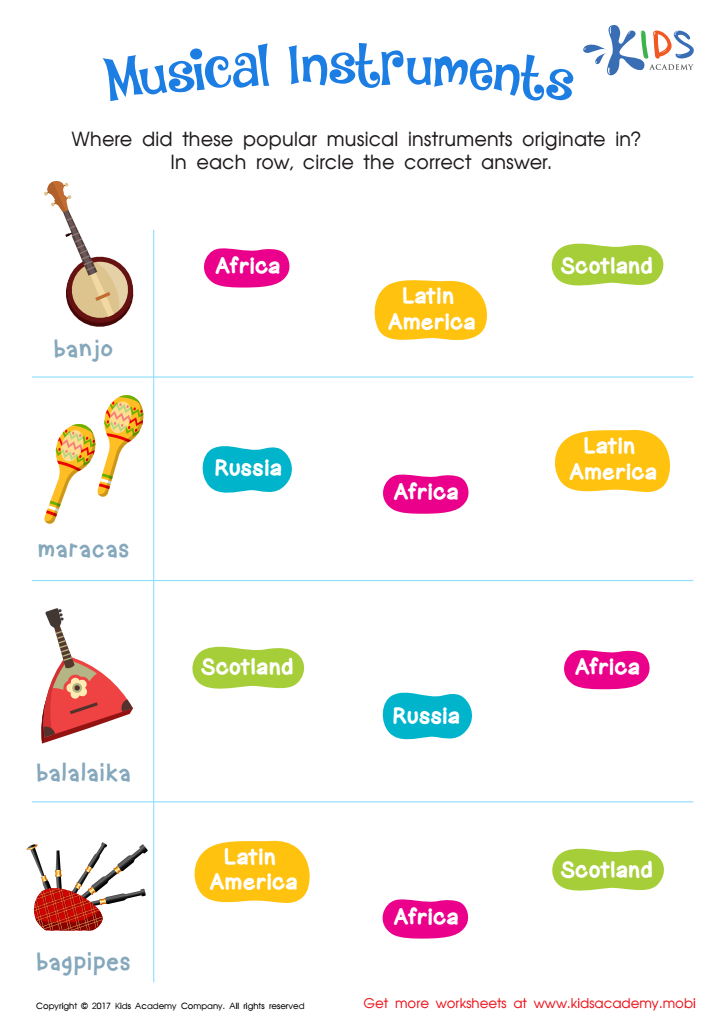

Musical Instruments Printable
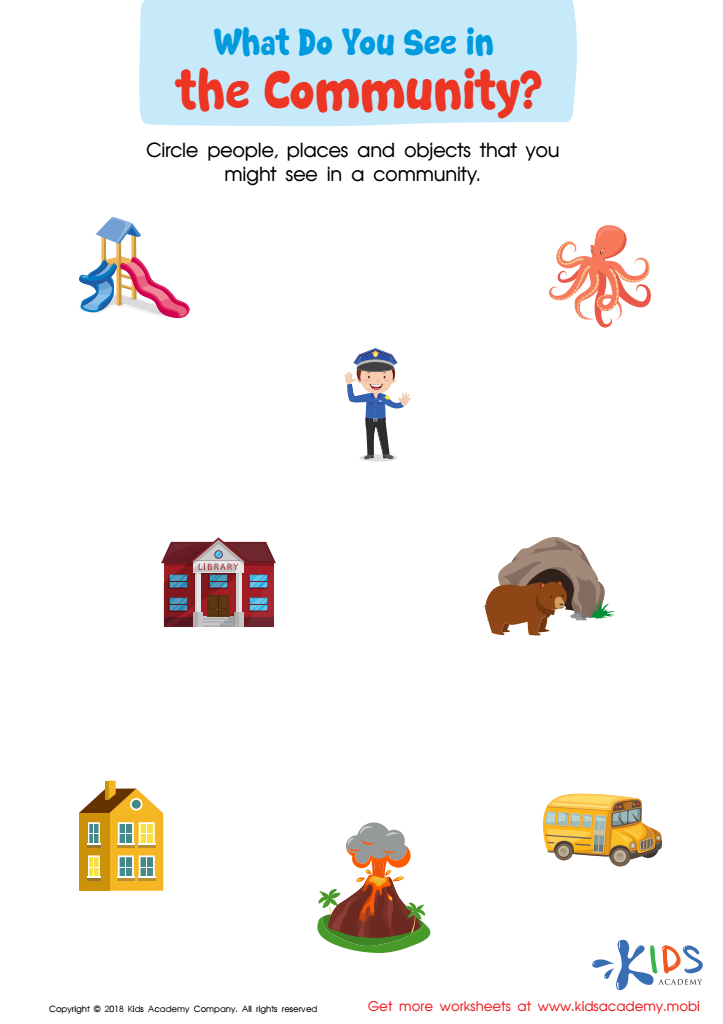

What Do You See in the Community Worksheet
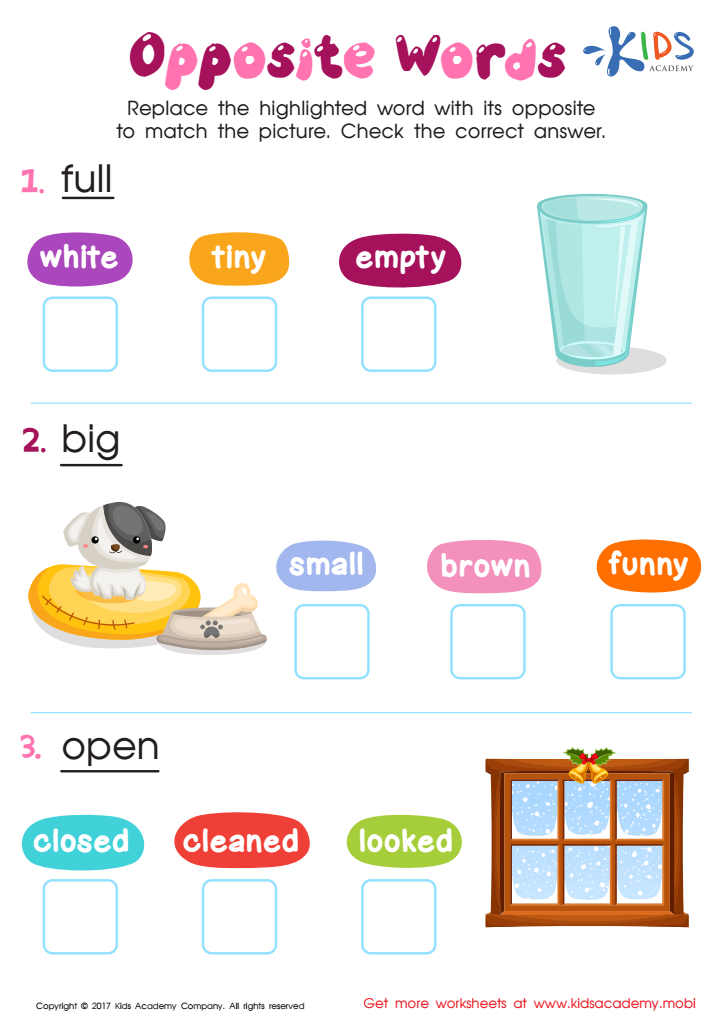

Opposite Words Worksheet
Visual comprehension is crucial for children aged 5-6, forming the foundation for future academic and life skills. At this stage, kids are naturally curious and exceedingly adept at absorbing information through visual stimuli. Parents and teachers should prioritize this because strong visual comprehension fosters better reading and language skills. When children can effectively process visual information, it aids in understanding and remembering what they read.
Visual comprehension also supports cognitive development, enhancing critical thinking and problem-solving skills. It allows children to make sense of their environment, interpret symbols and signs, and follow instructions that use visual aids. For example, picture books, charts, and diagrams all rely on visual comprehension to convey information effectively.
Furthermore, fostering visual comprehension can improve social skills. Children who can read facial expressions, body language, and other visual cues are better equipped to navigate social interactions, fostering empathy and communication.
Lastly, developing strong visual skills at an early age ties into overall academic success. Core subjects like mathematics, science, and even writing often require interpreting graphs, spatial reasoning, and visual organization. By nurturing these skills early, parents and teachers set the stage for a well-rounded, capable learner who is prepared for the more challenging academic demands that lie ahead.
 Assign to My Students
Assign to My Students

